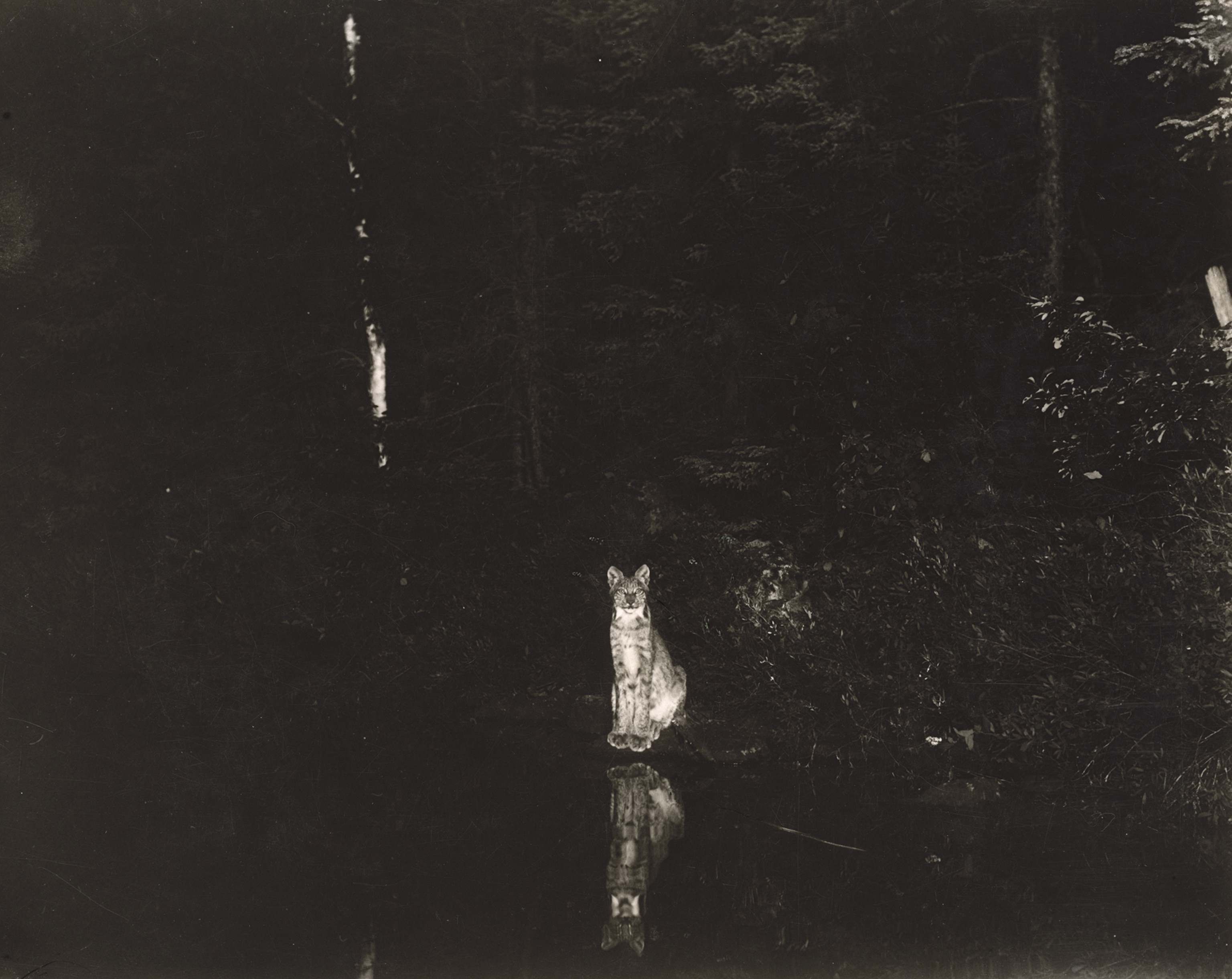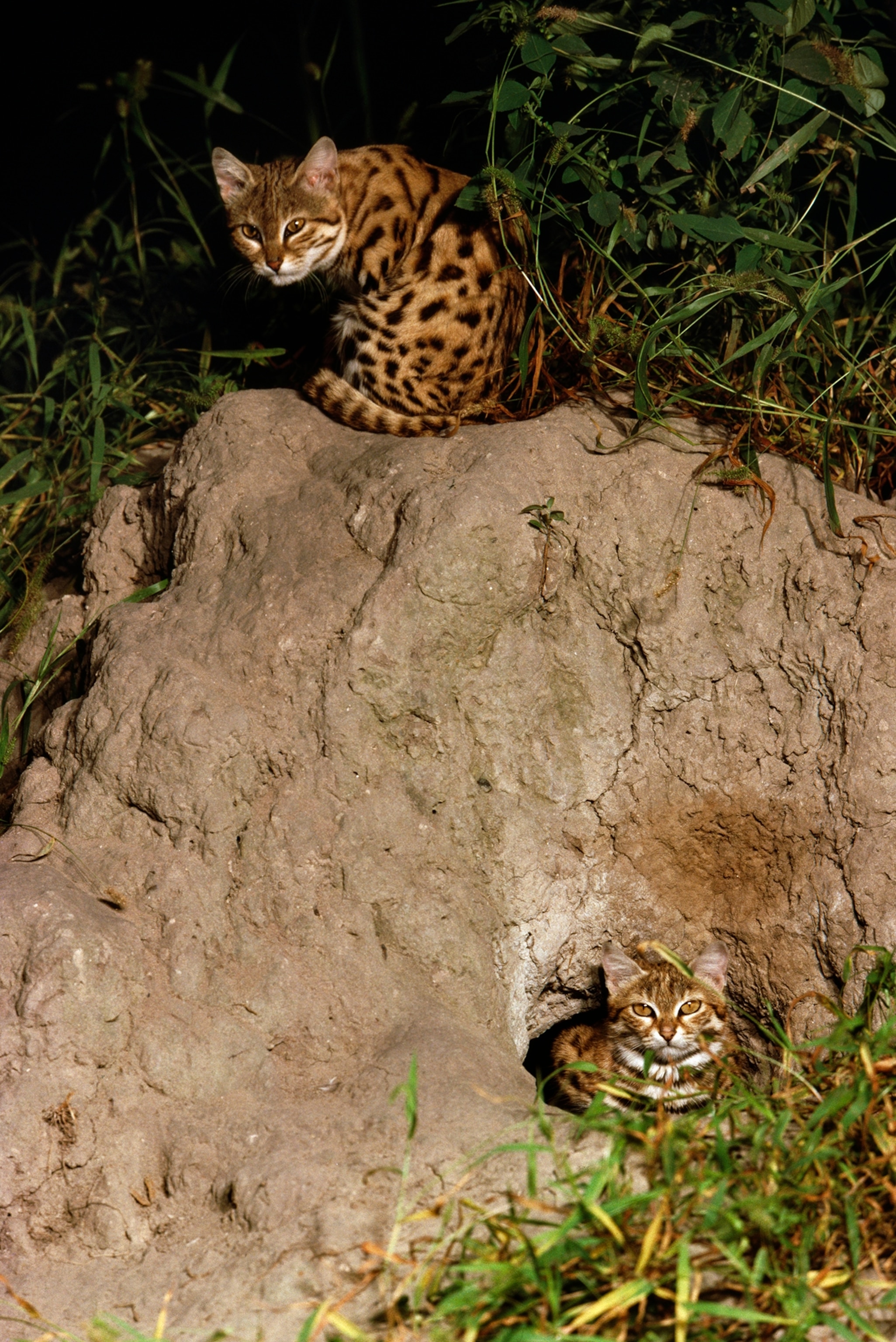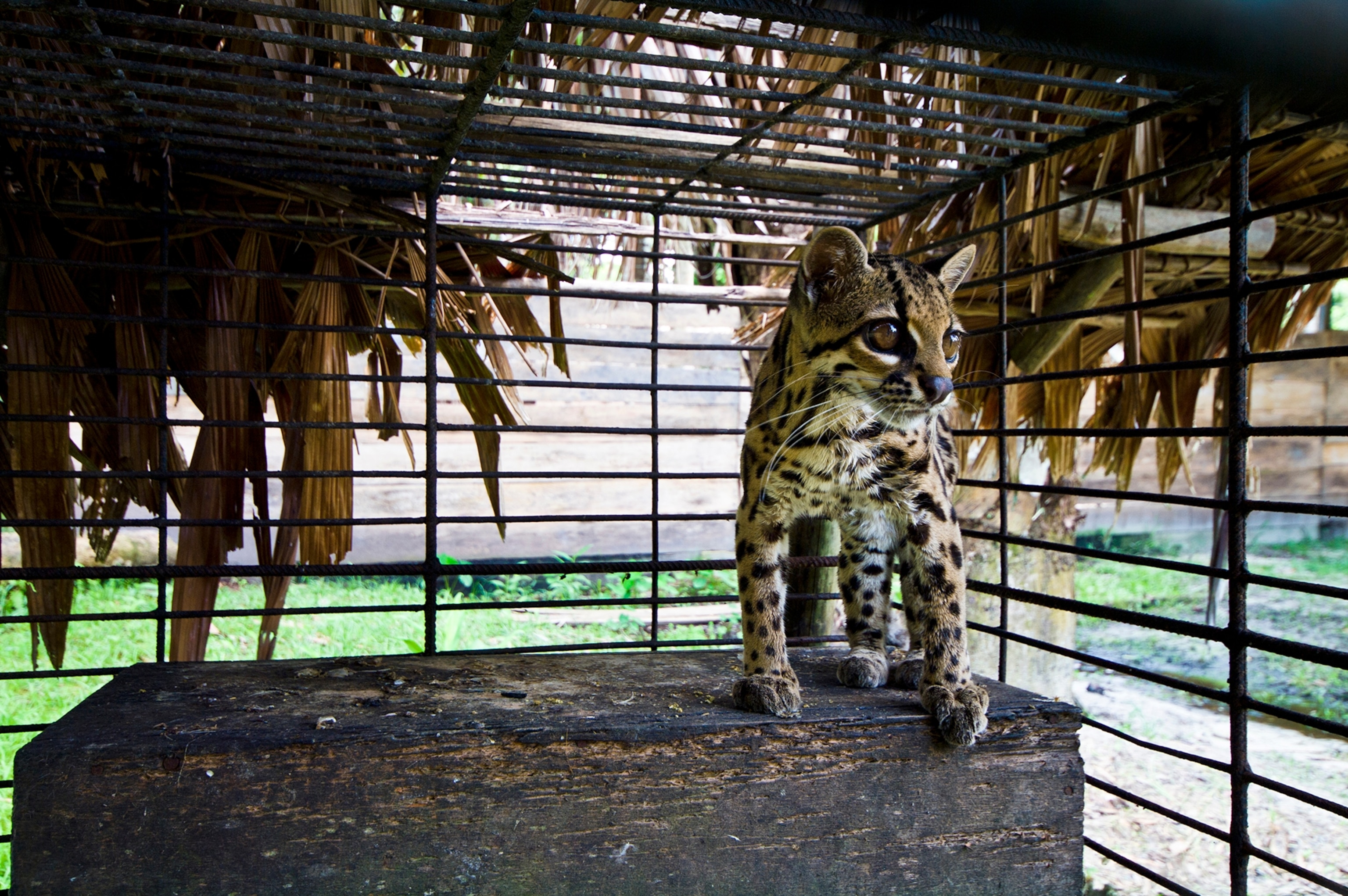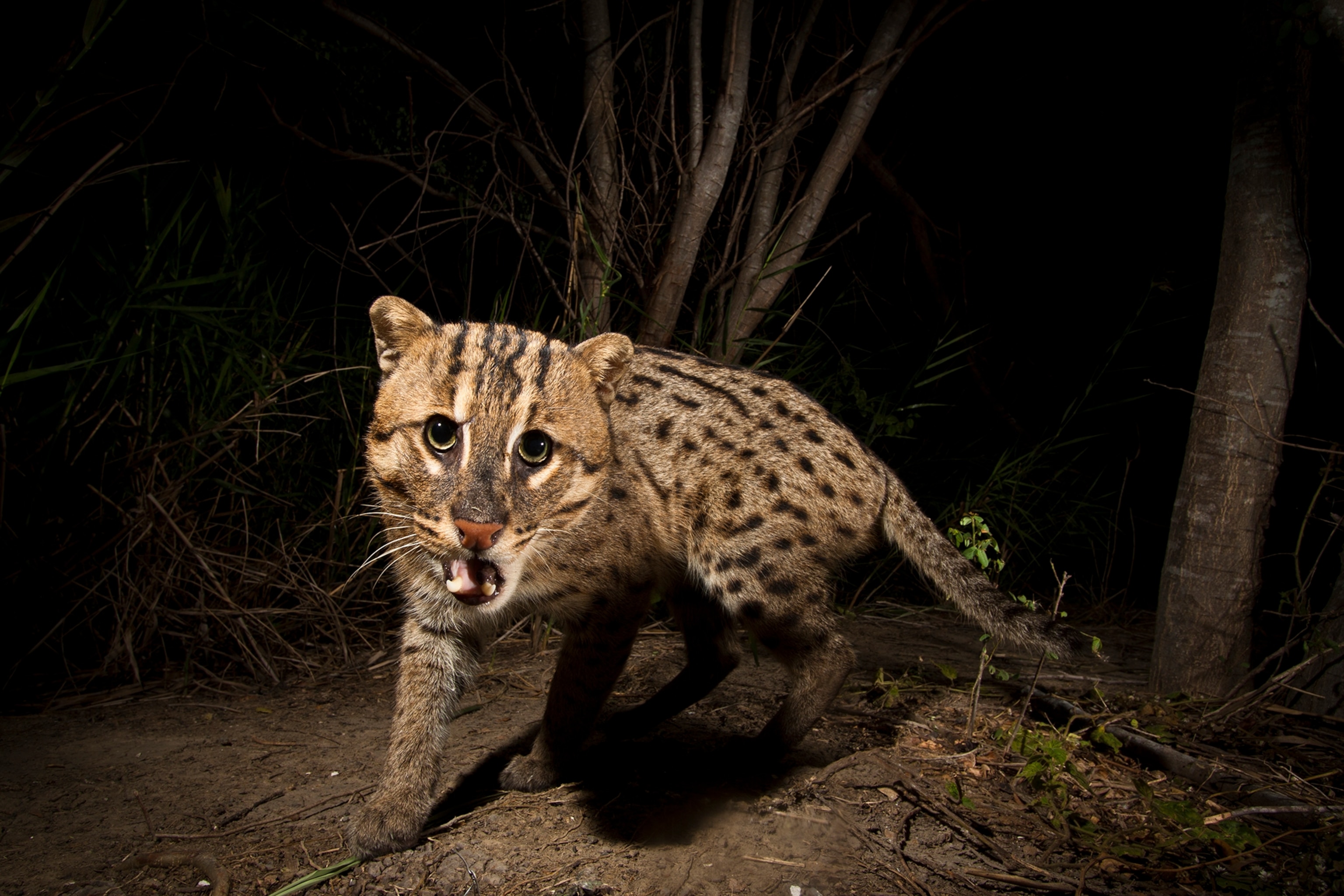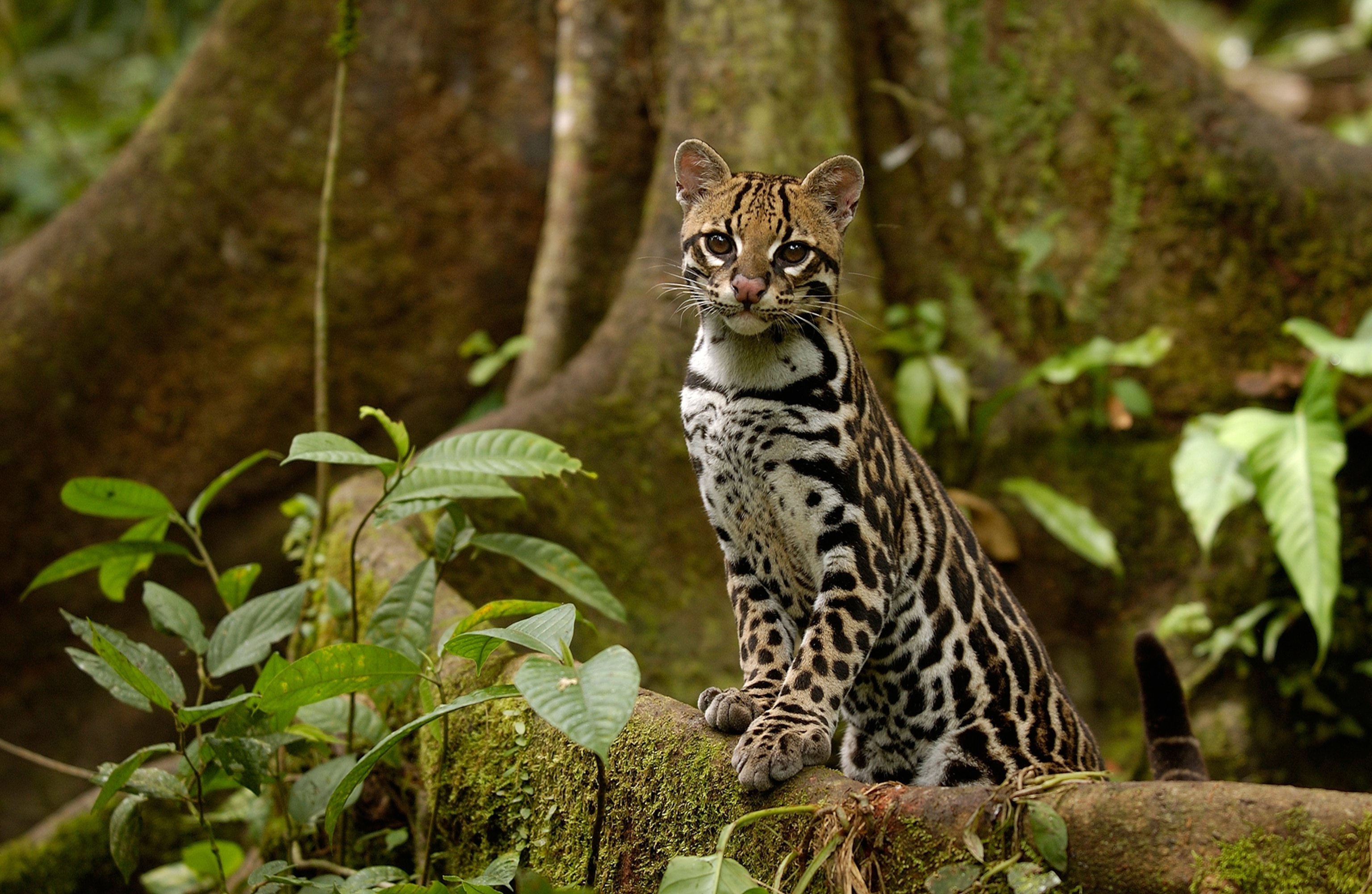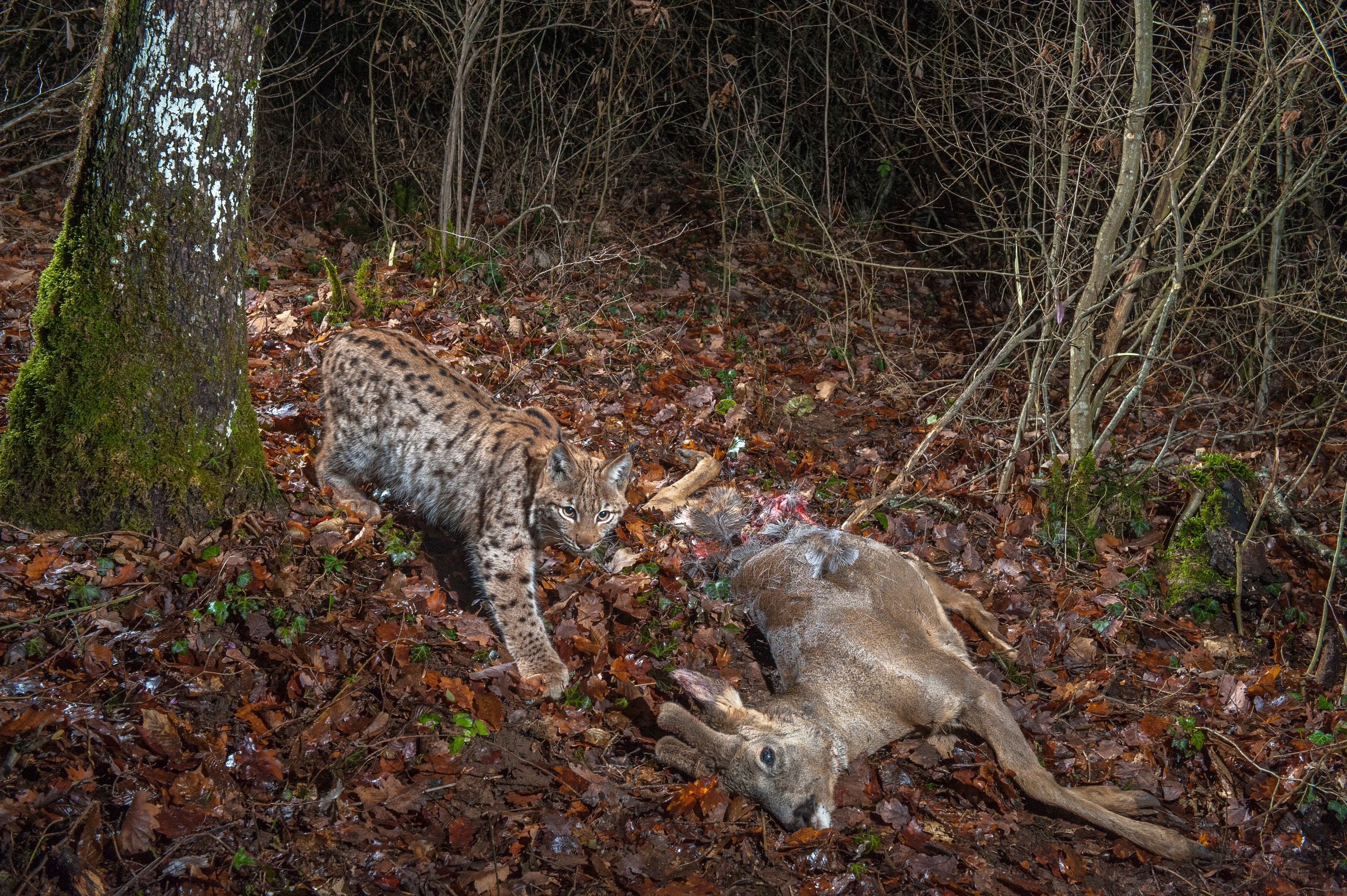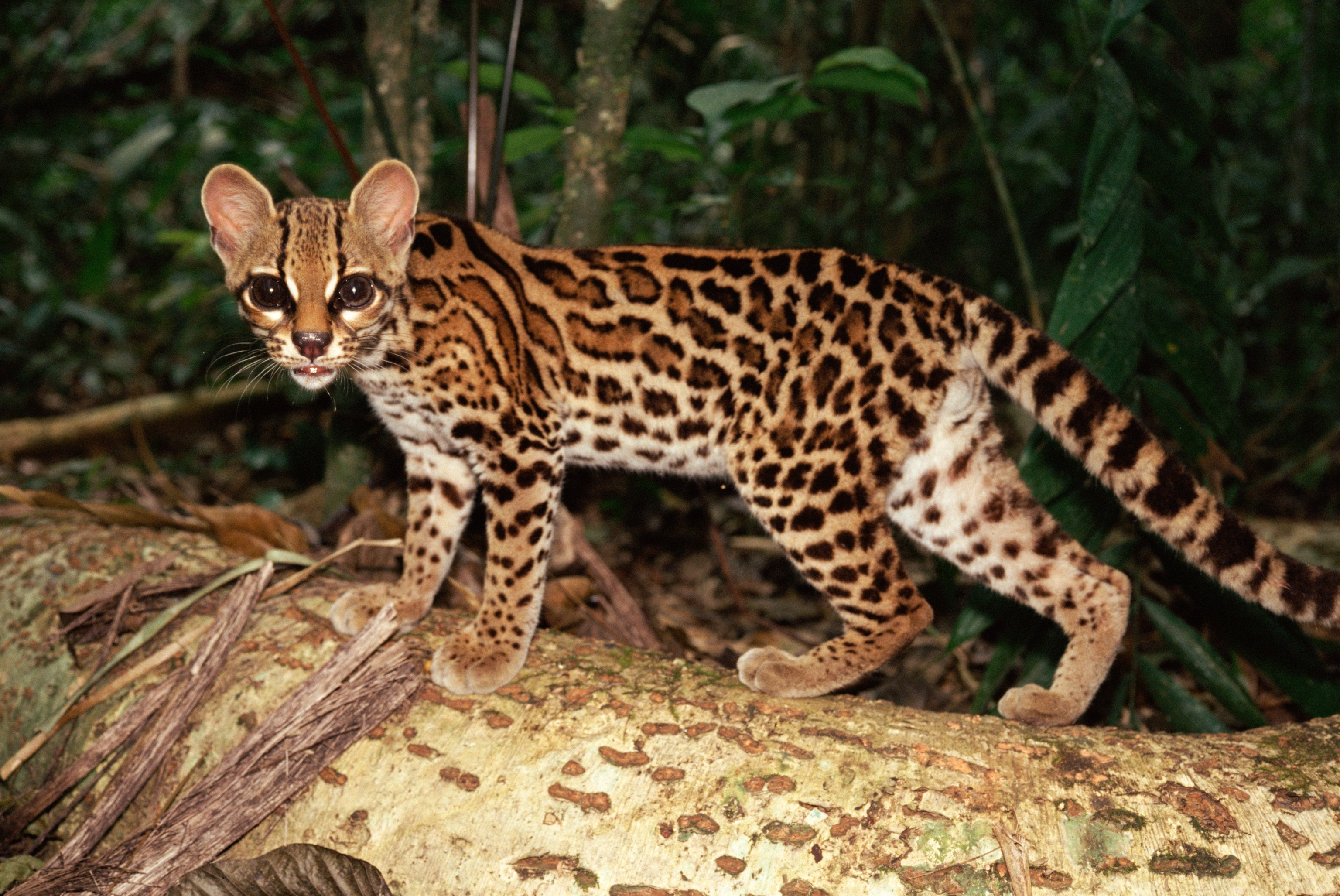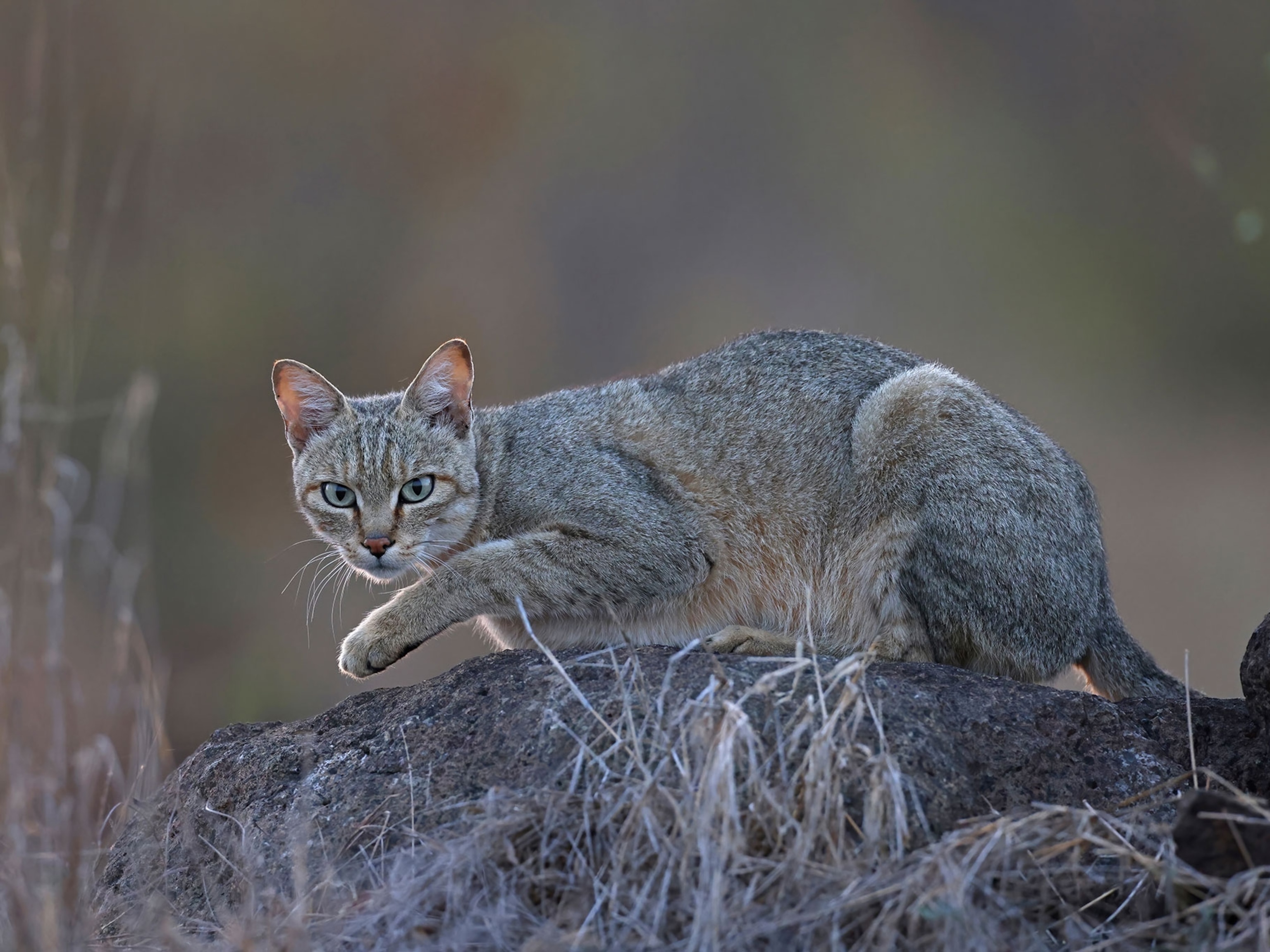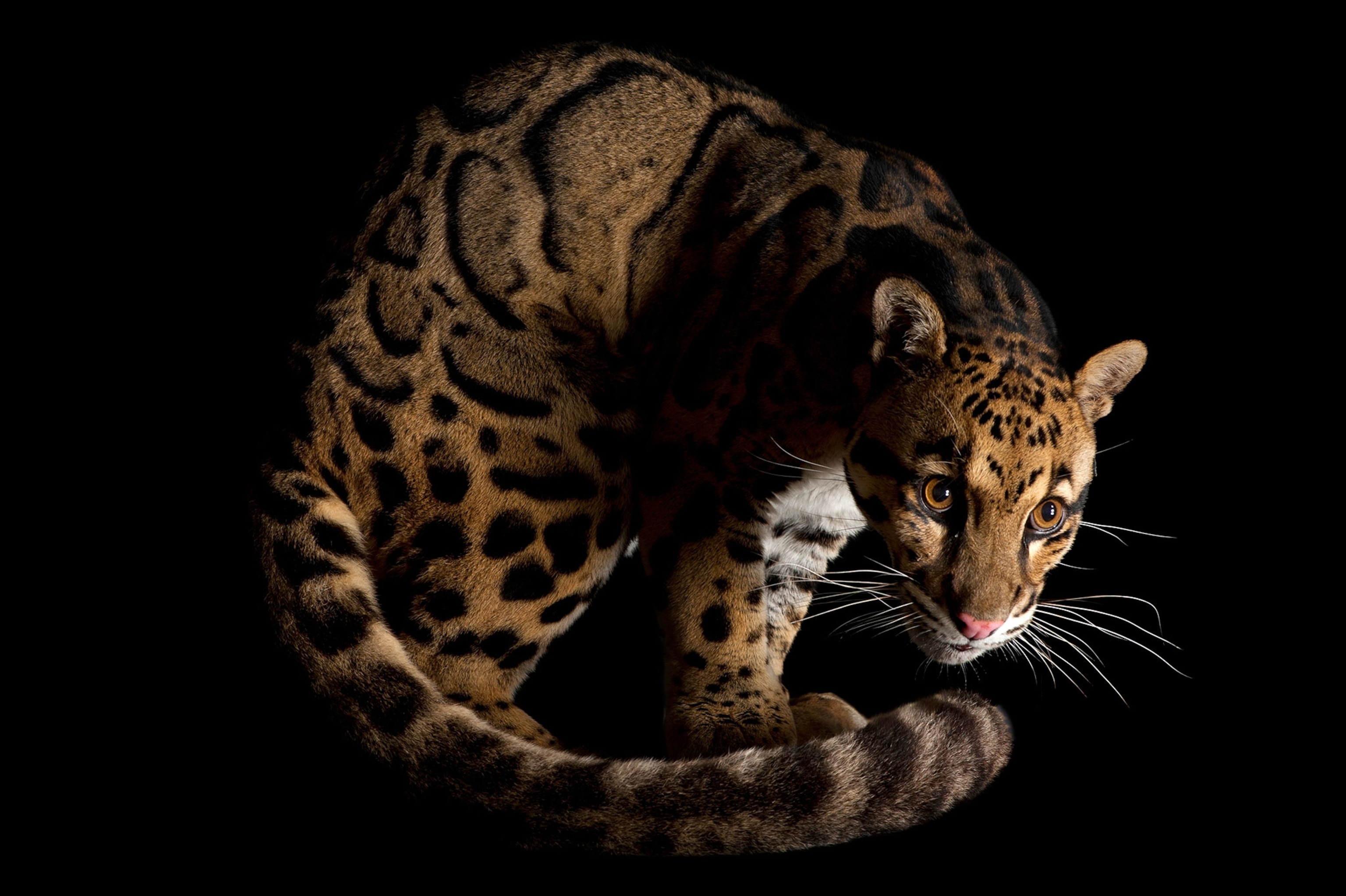
As Tiger Numbers Dwindle, Will Smugglers Target a Different Cat?
A new study reveals dramatic growth in the commercial trade of the rare clouded leopard.
Among wild cats, clouded leopards are increasingly coveted—and bred in captivity—for commercial purposes, according to a new study from University of Oxford’s Wildlife Conservation Research Unit. They’re being sold into the pet trade, to tourist attractions offering cat encounters, and to other such profit-driven businesses.
Researchers Neil D’Cruze and David Macdonald reviewed import and export records filed with the Convention on International Trade in Endangered Species of Wild Flora and Fauna (CITES), the body that regulates international wildlife trade, and found a 42 percent increase in the commercial trade of live clouded leopards from 1975 to 2013.
Clouded leopards are native to Southeast Asia and named for their distinctive spotted coats. They’re one of the smallest big cats, weighing up to 50 pounds and growing up to three feet long. They belong to an entirely separate taxonomic group from snow leopards and “regular” leopards, such as African and Indian leopards.
Some 10,000 clouded leopards remain in the wild.They face a high risk of extinction.
The reason for their new popularity has much to do with the decline of tigers, now estimated to number no more than 3,200, whose bones, feet and other body parts are highly prized in traditional medicine and for warding off evil.
Some 10,000 clouded leopards remain in the wild, with no single population larger than 1,000 individuals, spread from Indonesia to the foothills of the Himalayas and into China. They face a high risk of extinction, according to the International Union for Conservation of Nature Red List, a widely accepted international list of the conservation status of species.
The biggest threat these cats face is deforestation, but the illegal trade is also a grave concern, especially given their growing commercial appeal.
CITES lists clouded leopards as an Appendix I species, which means that only ones bred in captivity can be traded legally.

And that has the researchers worried. They found more than 200 clouded leopards have been legally traded—almost all for commercial reasons—since CITES first began regulating the trade in 1975. And they noted that the CITES records documenting these imports and exports were incomplete and contradictory.
Those irregularities “point toward the possible laundering of wild-caught animals,” the study says. The legal trade in captive-bred animals can serve as a cover for illegal trade activity, such as poaching and passing off wild-caught animals as captive-bred, D’Cruze said.
Another fear is that private owners are turning to clouded leopards now that tigers are so hard to come by. On-the-ground contacts the researchers worked with observed clouded leopards at tiger farms in Southeast Asia—and even at a lion park in South Africa.
“Are clouded leopards going to be the next target if we are not able to step in and save tigers?” said Neil D’Cruze, one of the study’s authors and head of research at World Animal Protection, a London-based nonprofit.
Legal trade in captive-bred animals can serve as a cover for illegal trade.
In some places, including Myanmar, the trade in clouded leopard teeth, bones, and skins far outpaces that of tigers, the traditionally favored source of big cat parts for spiritual and medicinal purposes.
More research is needed, the study concludes, to figure out if clouded leopards are indeed being targeted on a broader scale as a substitute for tigers and tiger parts on a broader scale.
Pictures: Cats You've Never Heard Of
The increase in clouded leopards being traded for commercial purposes was coupled with a rise in captive-bred clouded leopards. These cats are extremely susceptible to stress, which can lead them to pluck their fur, chew their tails. Captive males, in particular, can become unnaturally aggressive. At least 25 documented cases have been documented of males killing females.
"I don’t think people fully understand the way they suffer,” D’Cruze said. “There is major concern that these intensive captive breeding programmes don't necessarily have the species’s welfare or conservation at heart.”
These cats are extremely susceptible to stress, which can lead them to pluck their fur and chew their tails.
The United States is the most active exporter and second most active importer of clouded leopards. The researchers weren’t surprised: Americans keep 10,000-20,000 big cats as pets, according to the International Fund for Animal Welfare, and it’s not hard to find big cat encounters offered at zoos, fairgrounds, and other private tourist attractions.
Exotic pets are a lucrative industry in the U.S., and some states have more regulations for pet dogs than for pet leopards, lions, and others.
As the commercial trade in clouded leopards continues to grow, the researchers stressed the importance of better oversight. “It’s really worrying that there could now be this commercial mushroom effect,” D’Cruze said. “We need to get on the ground and understand what impact trade is having.”
This story was produced by National Geographic’s Special Investigations Unit, which focuses on wildlife crime and is made possible by grants from the BAND Foundation and the Woodtiger Fund. Read more stories from the SIU on Wildlife Watch. Send tips, feedback, and story ideas to ngwildlife@natgeo.com.
